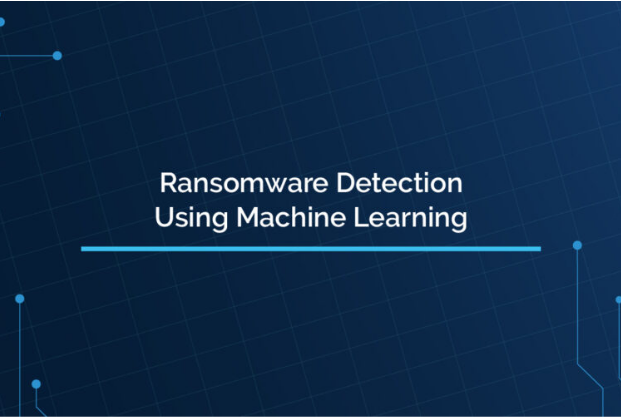
Ransomware attacks have become increasingly common in recent years, with cybercriminals using various methods to infiltrate computer systems and hold data hostage. Such attacks can have devastating consequences for businesses and individuals, leading to data loss, financial loss, and reputational damage.
However, with the right ransomware detection techniques, you can identify and prevent these attacks from occurring. In this article, we explore the use of machine learning and other tools to detect ransomware and keep your system safe.
What is Ransomware?
Ransomware is a type of malware that encrypts files on a computer system, rendering them inaccessible to the user. The attackers then demand a ransom in exchange for the decryption key, which allows the user to regain access to their data. Ransomware attacks can be delivered through a variety of methods, including email attachments, malicious links, and compromised websites.
Ransomware Detection Techniques
1. Machine Learning
Machine learning is a powerful tool that can be used to detect ransomware attacks. This technique involves training a machine learning algorithm to recognize the patterns and behaviors associated with ransomware. The algorithm can then be used to scan incoming files and identify any suspicious activity.
There are various types of machine learning algorithms that can be used for ransomware detection, including supervised, unsupervised, and reinforcement learning. Supervised learning involves training the algorithm on a labeled dataset, where each sample is labeled as either ransomware or not. Unsupervised learning, on the other hand, involves training the algorithm on an unlabeled dataset and allowing it to identify patterns on its own. Reinforcement learning involves training the algorithm to make decisions based on its environment and the rewards or punishments it receives.
2. Behavioral Analysis
Behavioral analysis is another technique that can be used to detect ransomware attacks. This technique involves monitoring the behavior of applications and processes on a system and identifying any unusual activity that may indicate a ransomware attack.
For example, ransomware may attempt to encrypt files on a system in a particular order or use a specific encryption algorithm. Behavioral analysis can identify such patterns and alert the user to a potential attack. This technique can be used in conjunction with machine learning to improve the accuracy of ransomware detection.
3. Signature-Based Detection
Signature-based detection is a traditional approach to malware detection that involves scanning files for known signatures or patterns of malicious code. This technique can be effective against known types of ransomware, but it may not be able to detect new or unknown variants.
Signature-based detection can be automated using antivirus software, which scans files in real-time and compares them to a database of known malware signatures. However, as ransomware attacks become more sophisticated, this technique may become less effective.
4. Network Monitoring
Network monitoring involves analyzing network traffic to identify any suspicious activity that may indicate a ransomware attack. For example, ransomware may attempt to communicate with a command and control server to receive instructions or to send encrypted data.
Network monitoring can be used to identify such activity and block the communication between the infected system and the command and control server. This technique can be used in conjunction with other detection techniques to improve the overall accuracy of ransomware detection.
5. File Backup and Recovery
File backup and recovery is not a detection technique per se, but it is an essential component of ransomware protection. By regularly backing up files and storing them in a secure location, users can recover their data in the event of a ransomware attack. This technique can help to minimize the impact of a ransomware attack and reduce the likelihood of paying a ransom.
However, it is important to note that backups must be performed regularly and securely to be effective. In addition, users should test their backup and recovery processes to ensure that they are working correctly.
Combining Techniques
While each of these techniques can be used independently, they are most effective when used in combination. For example, machine learning and behavioral analysis can be used to identify potential ransomware attacks, while signature-based detection and network monitoring can be used to confirm the attack and prevent further damage.
By combining these techniques, users can create a comprehensive ransomware detection and prevention strategy that can help to protect their systems and data.
Conclusion
Ransomware attacks are a significant threat to businesses and individuals, but with the right detection techniques, users can identify and prevent these attacks from occurring. Machine learning, behavioral analysis, signature-based detection, network monitoring, and file backup and recovery are all effective techniques for detecting ransomware and protecting systems and data.
It is important for users to understand the different ransomware detection techniques and to implement them as part of their overall cybersecurity strategy. With a combination of these techniques and a commitment to regular backups and testing, users can keep their systems and data safe from ransomware attacks.




